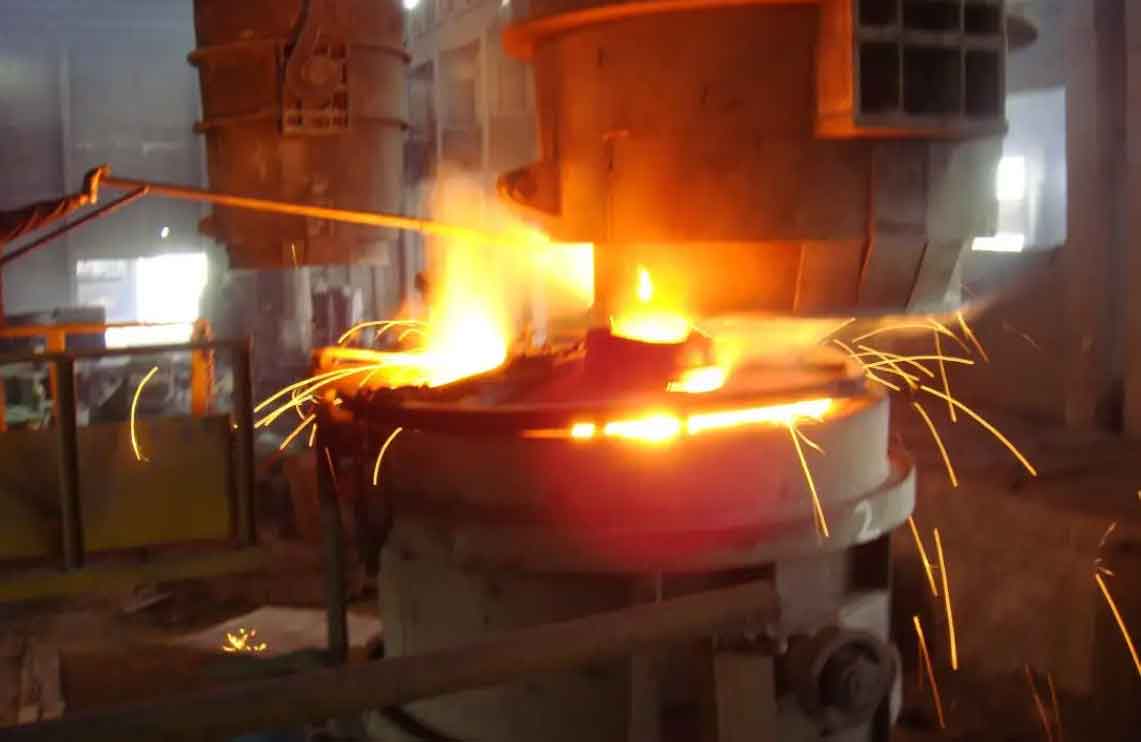The material used to make sand mold is called molding material, the material used to make sand mold is customarily called molding sand, and the molding material used to make sand core is called core sand. Generally, molding sand is composed of raw sand (mountain sand or river sand), clay and water in a certain proportion, in which clay is about 9%, water is about 6%, and the rest are raw sand. Sometimes, a small amount of additives such as pulverized coal, vegetable oil and sawdust are added to improve the properties of molding sand and core sand.
The quality of molding sand and core sand directly affects the quality of sand castings. Poor molding sand quality will cause casting defects such as porosity, sand hole, sand sticking, sand inclusion and so on. Good molding sand shall have the following properties:
1) Breathable type
After the high-temperature liquid metal is poured into the mold, the mold is filled with a large amount of gas, which must be smoothly discharged from the mold. The performance of molding sand that can let the gas pass through is called air permeability. Otherwise, the sand casting will have defects such as porosity and insufficient pouring. The permeability of mold is affected by sand particle size, clay content, moisture content and sand mold compactness. The finer the particle size of sand, the higher the clay and moisture content, the higher the compactness of sand mold, and the worse the air permeability.
2) Intensity
The ability of molding sand to resist external force is called strength. The surface of the casting box will not collapse unless it has sufficient strength during casting and molding. The strength of molding sand should not be too high, otherwise there will be defects in sand castings due to the decline of air permeability and concession.
3) Fire resistance
High temperature metal liquid has a strong thermal effect on the mold after pouring, so the molding sand should have the ability to resist high temperature thermal effect, that is, fire resistance. If the fire resistance of molding materials is poor, sand castings are easy to produce sand sticking. The more SiO2 content in molding sand, the larger the molding sand particle, and the better the fire resistance.
4) Plasticity
It refers to the ability of molding sand to deform under the action of external force and maintain the existing shape completely after removing the external force. The molding material has good plasticity, convenient molding operation, accurate shape and clear outline of the sand mold.
5) Concession
When sand castings are condensed, the volume shrinks, and the molding sand should have a certain ability to be compressed, which is called concession. The yield of molding sand is not good, and sand castings are easy to produce internal stress or cracking. The tighter the molding sand, the worse the concession. Adding wood chips and other materials to molding sand can improve the concession.

